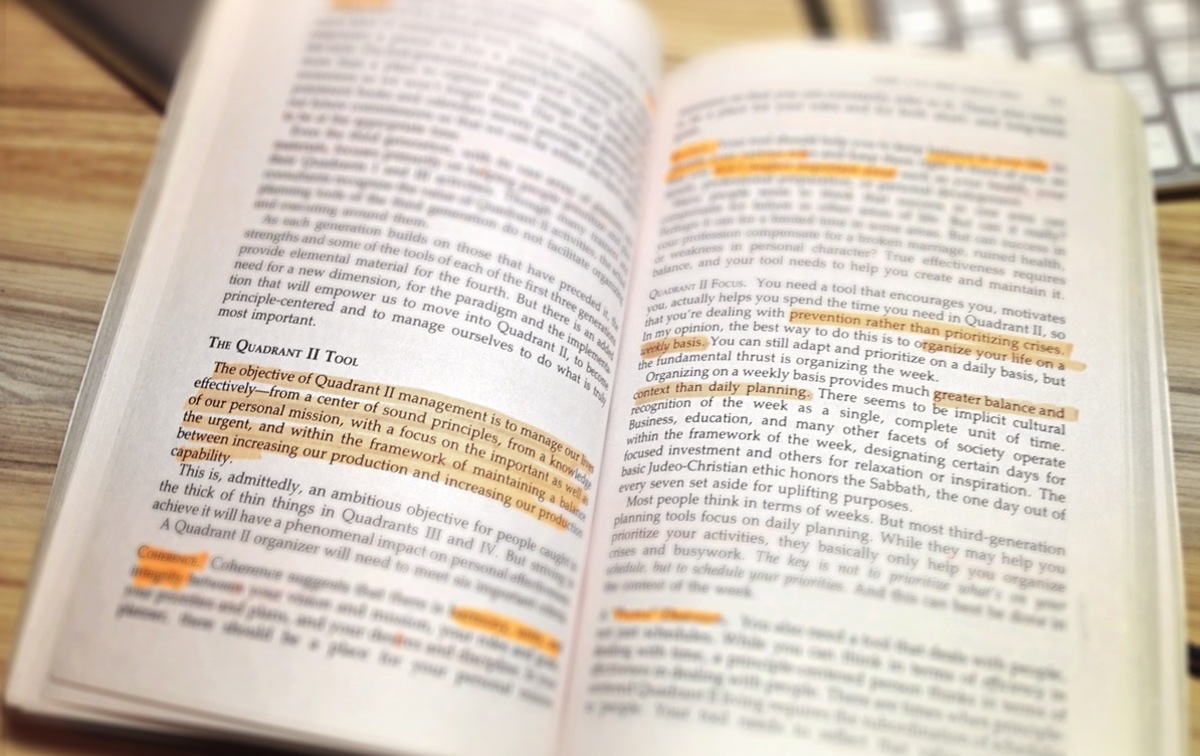Making Proper Marks in Books
 Making Proper Marks in Books
Making Proper Marks in Books
The Zettelkasten note-taking method has made book writing and writing scientific papers easy for hundreds of years already.
Howdy, Stranger!
 Making Proper Marks in Books
Making Proper Marks in Books
The Zettelkasten note-taking method has made book writing and writing scientific papers easy for hundreds of years already.
Comments
Many books by Umberto Eco are available for free downloadds at [REDACTED BY MODS]
Now in its twenty-third edition in Italy and translated into seventeen languages, How to Write a Thesis has become a classic. Of course, there was no Internet in 1977, but Eco's index card research system offers important lessons about critical thinking and information curating for students of today who may be burdened by Big Data.
Umberto Eco's book is available in an English translation:
https://www.amazon.com/How-Write-Thesis-MIT-Press/dp/0262527138/
Quick comment though its an older article:
Why markup a physical book at all? Wouldn't it be easier & more modular to simply keep a sheet of paper located in the book itself? The sheet doubles as a bookmark as well.
Simply write the page number, paragraph number, & a quick blurb. Now one has a custom index...
Book Title
p82/p3: topic x
p103/p1: topic y
Tinybase: plain text database for BSD, Linux, Windows (& hopefully Mac soon)
Painting pages indeed doesn't pay off.
But the low fidelity • marks in the margin can help find the roundabout place, "here's something to look at".
An ideas index or other list of interesting pages is a feasible tool, too, but could be more cumbersome when going through the whole book multiple times (See Barbell Method of Reading: https://zettelkasten.de/posts/barbell-method-reading/).
Author at Zettelkasten.de • https://christiantietze.de/
@Mike_Sanders
I am a Zettler
About 40 years ago, I had a friend who was confined in an isolation unit in a hospital for a month, with little to do. Without thinking too much about it, I grabbed a couple of non-fiction books that I liked (one of them being "7 Habits of Highly Successful People" by Steven R. Covey) and gave them to him as "light" reading. At the time, my note taking was done almost exclusively in the margins of books I owned. When he finally got out and returned the books to me, he said he enjoyed them very much and almost found more interest in the marginal notes than in the main material.
I know that method isn't ideal for finding and retrieving information, but in my friend's case, it was a boon.
Thanks everyone lots of food for thought.
Tinybase: plain text database for BSD, Linux, Windows (& hopefully Mac soon)
This process can be done automatically. Just use a pdf annotator and some tools to extract the hightlight context done. It will generate contents, pages, time, etc. I use Obsidian + Zotero Integration (plugin) to manage this. Also, you may need to donwload Zotero which is a wonderful documents management tool.
Thank you yunpeng.
Tinybase: plain text database for BSD, Linux, Windows (& hopefully Mac soon)
Adler has an excellent primer on this subject that covers a lot of the basics in reasonable depth:
Marking books can be useful not only to the original reader, but future academics and historians studying material culture (eg: https://apps.lib.umich.edu/online-exhibits/exhibits/show/marks-in-books), and as @GeoEng51 indicates they might be shared by friends, family, romantic interests, or even perhaps all of the above (see: https://newcriterion.com/issues/2017/4/mrs-custers-tennyson).
For those interested in annotation marks and symbols (like @ctietze's "bolt" ↯) I outlined a few ideas this last month at: https://www.reddit.com/r/Zettelkasten/comments/10qw4l5/comment/j6vxn6a/?utm_source=reddit&utm_medium=web2x&context=3
website | digital slipbox 🗃️🖋️